The Friar of Carcassonne (32 page)
In a chapel of Avignon, the funerary monument of Bernard Délicieux's judge, the corpulent Jacques Fournier, the bishop-inquisitor of Pamiers who became Pope Benedict XII.

Pope Boniface VIII blessing the flock, in a fresco thought to have been executed by Giotto or his disciples. One of many likenesses of Boniface in Rome, the theater of his anachronistic ambition to dominate Europe as comprehensively as Innocent III had done one hundred years earlier.
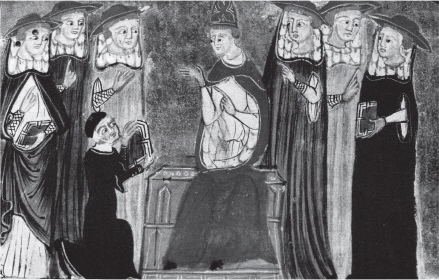
Fifteenth-century manuscript depicting Pope John XXII receiving the transcript of an interrogation, in much the same way he would have received the sentence of Bernard Délicieuxâand then harshened the punishment.
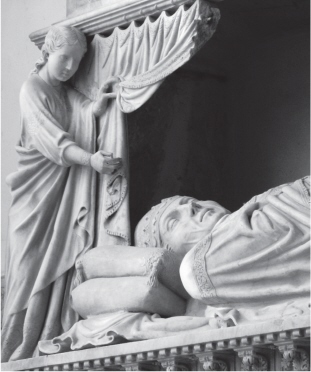
Detail from the sepulcher of the Dominican Pope Benedict XI in Perugia. Bernard Délicieux and Arnaud de Vilanova were thought to have had a hand in his sudden demise.

Eighteenth-century rendering in Avignon of the beleaguered Pope Clement V, who was forced by Guillaume de Nogaret to look the other way as he crushed the Templars.

A Swiss illustration from an early-sixteenth-century chronicle depicting a prisoner being tortured by strappado to elicit a confession about the murder of his wife. Note the weights that can be attached to his feet.
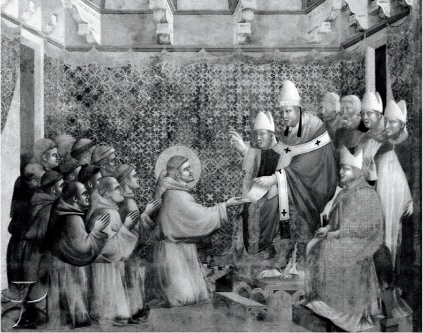
From Giotto's marvelous sequence depicting the life of St. Francis in the upper basilica at Assisi. Here the pope approves the Franciscan rule, which, as the Spirituals later complained, differed considerably from the saint's last testament.
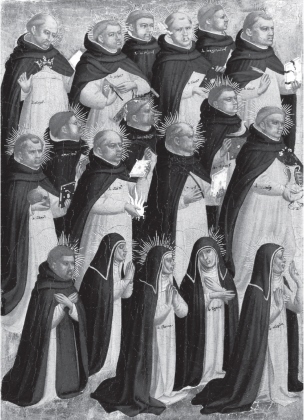
Detail from Fra Angelico's magisterial high altarpiece in the fifteenth-century Dominican church of Fiesole, near Florence. The friars depicted are all “blessed,” hence the haloes and totemic items they carry. The kneeling Dominican nuns are similarly beatified. (National Gallery of Art, London)

The Cité of Carcassonne as seen from the Bourg. In the central complex, the three square towers (with different roof types) housed the inquisition headquarters and torture chambers, as well as part of the bishop's palace. Délicieux was held and tried at this complex in 1319. To the left is the residence of the seneschal, now styled the Château Comtal.

The Church of the Jacobins in Toulouse, viewed from the river Garonne. Once Dominican headquarters in Languedoc, now the magnificently spare Gothic repository of the casket of Thomas Aquinas.
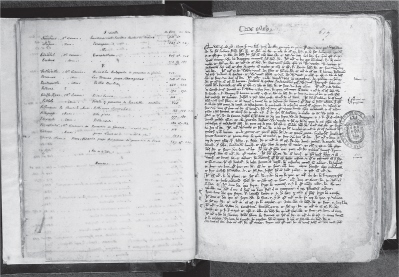
One of the earliest of the dread inquisition registers of medieval Languedoc. Mid-thirteenth century, on display at the Bibliothèque de Toulouse.
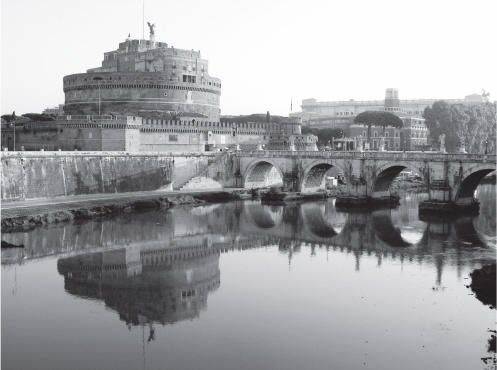
The Ponte St. Angelo spanning the Tiber. To the left the Castel St. Angelo, originally built as a mausoleum for the emperor Hadrian.
